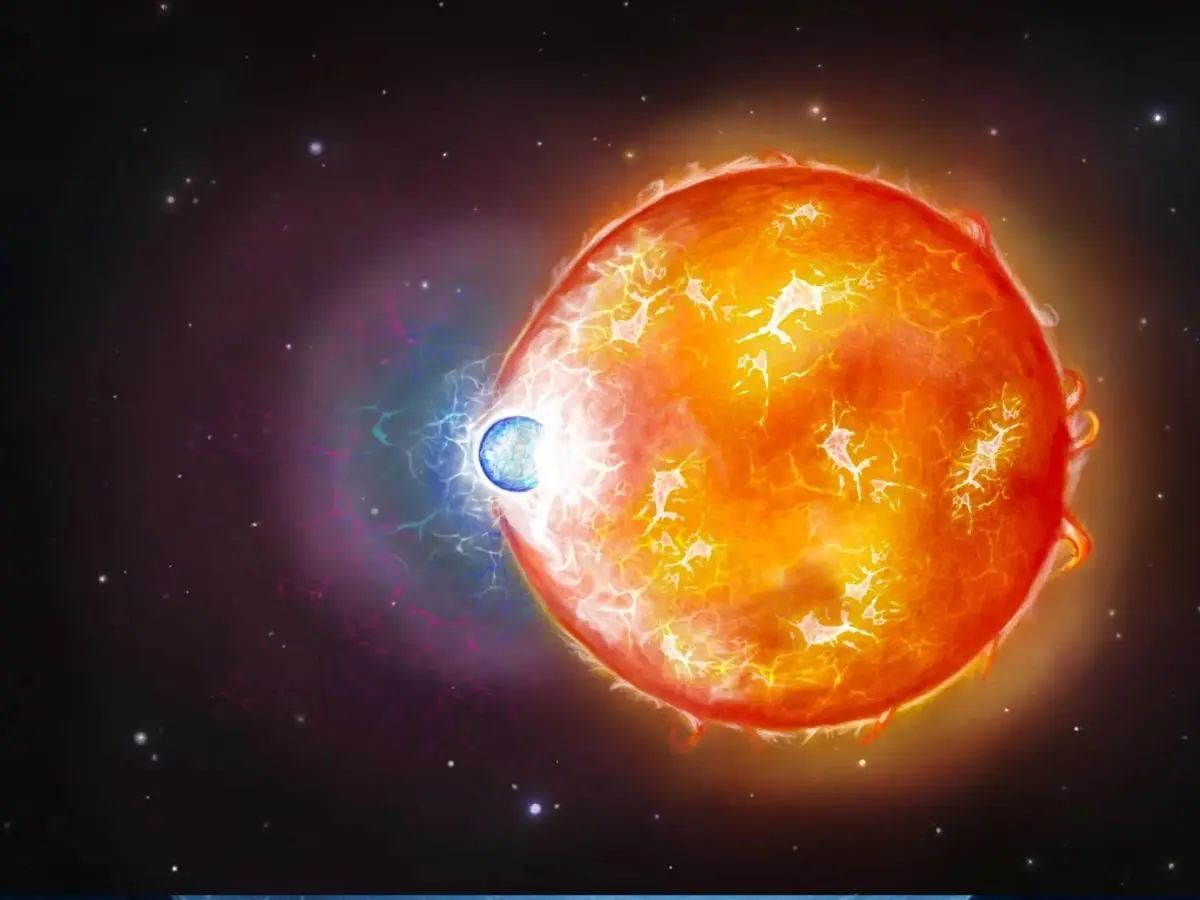Hydrogen-rich white dwarfs can appear deceptively ordinary in optical light, making their true origin difficult to determine. Ultraviolet data is crucial because it can detect the faint carbon signatures that betray a merger history. Without Hubble’s ultraviolet capability, WD 0525+526 would likely have been classified as a typical white dwarf, masking the fact that it is the product of a violent stellar collision.
WD 0525+526, zombie star, ultra-massive white dwarf, Hubble Space Telescope, NASA, James Webb Space Telescope, star merger, binary star evolution, stellar collision, ultraviolet astronomy, carbon signature, hydrogen-rich atmosphere, semi-convection, University of Warwick, Nature Astronomy, stellar remnant, neutron star, gamma-ray burst, post-merger evolution, massive white dwarf, stellar death
NASA’s Hubble Telescope discovers rare ‘Zombie Star’ formed from a violent cosmic collision
